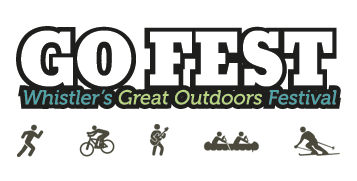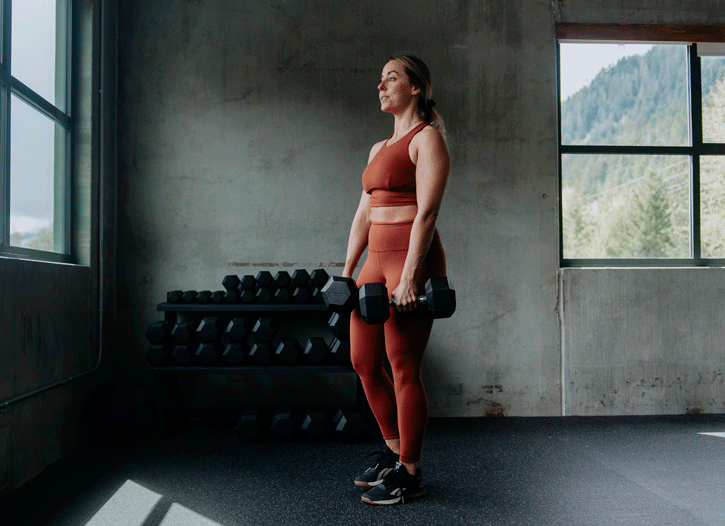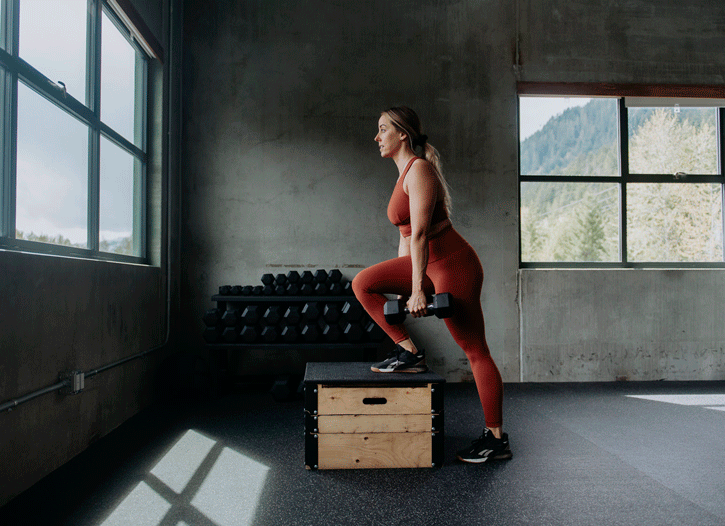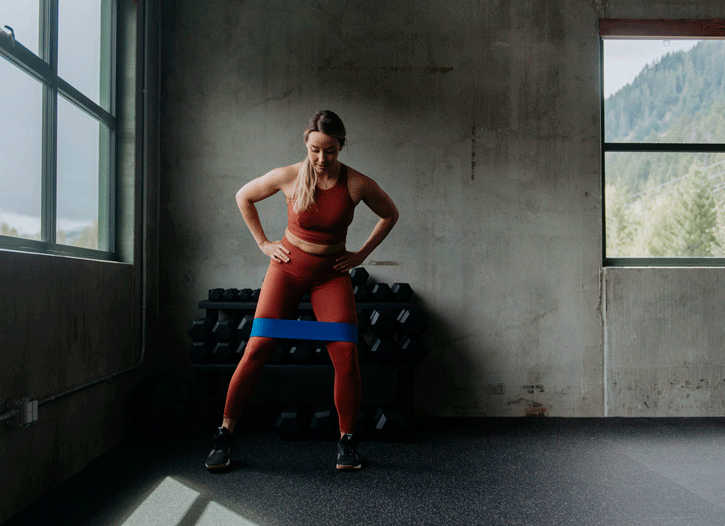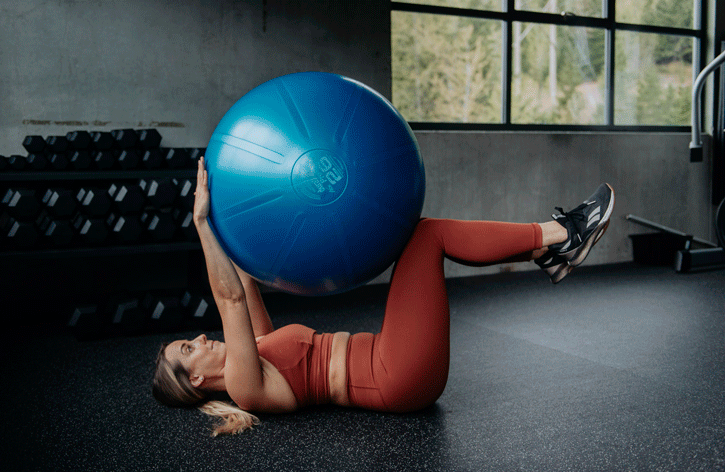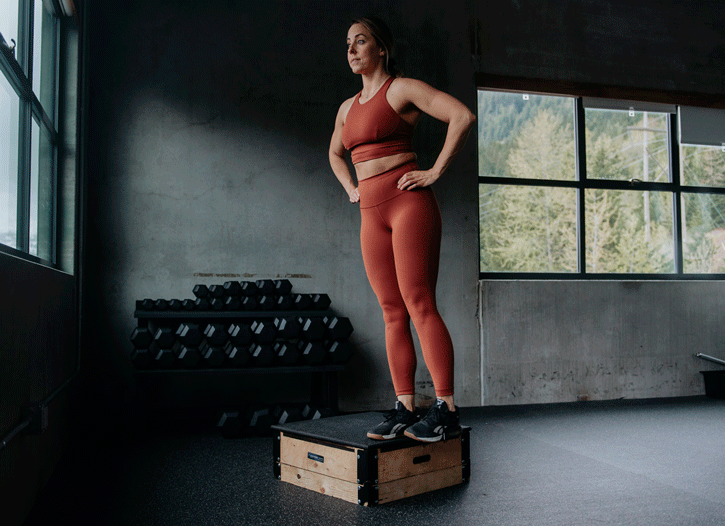By Meaghan Sutter – Peak Training Studios
You’ve made it – you’ve reached the summit.
The cool, mountain breeze hits your face and you feel elated and achieved. Your reward for a hike-well-done is a breathtaking view and a delicious snack.
And then it hits you – that sharp and aggravating knee pain. Immediately, your peace and serenity break and you start dreading the hike down, not to mention how you’ll feel tomorrow when you hobble out of bed in the morning.
So many people are familiar with this unfortunate sensation and yet we feel powerless to get rid of it. Everyone accepts it as the norm for hiking (and skiing… and running…) but it doesn’t have to be this way. It’s not enough to roll and stretch after the fact; you must be pro-active to
strengthen and stabilize your body in order to prevent it. As Benjamin Franklin famously said, “an ounce of prevention is worth a pound of cure” and he couldn’t have been more accurate. Sure, stretching and relieving tension will feel better temporarily but it won’t stop the cause of
the pain in the first place. To decrease or ideally avoid the pain all together, you must address the mechanical problems causing it. Here’s where proper strength training comes into play. The knee is often a pain centre through no fault of its own – it’s at the mercy of the hips above it and the ankle below it. In order to protect the knee, these often-overlooked joints need to move optimally. How do we ensure that? By strengthening the following muscles:
- Glutes – yes, your butt!
- Hamstrings – large muscles on the back of your thighs
- Core – multiple muscles around your pelvis and spine
These muscles work together to stabilize the pelvis which subsequently stabilizes the knee further down the chain. So how can we strengthen these easily and effectively in order to keep your knees happy after a big day up and down the slope? With these 5 exercises:
1. Single leg deadlifts – Strengthening hamstrings and glutes simultaneously, this exercise delivers maximum benefit to stabilize the hips and subsequently, your knees! Keeping your core lightly braced and back flat, hinge forward at the hips and lift the back leg. Feel a good stretch in your hamstring then squeeze your glute and to push through to return to the start position.
2. Step-ups – Focusing on the driving up action but also on the lowering portion will provide valuable cues to help you safely manoeuvre the mountain. Using a 12-18” box, place your front foot onto the box and shift your weight over the front leg. Drive through this leg to push yourself to the top while minimising how much you use your back leg. To descend, hinge back through your hips and lower yourself with control back to the start position.
3. Lateral band walks – We think of hiking as a forward motion but there’s a lot of lateral strength and control that needs to be developed to create bulletproof joints. Place a medium to heavy band above the knees. Hinge your hips back so your chest comes forward slightly then take a medium-sized step to the side while pushing off the back leg. Think about leading with the knees to create tension in the sides of the glutes.
4. Deadbugs with Swiss ball – Deep core stabilization and strength will not only support the hips and subsequently the knees but may also prevent any lower back pain from carrying a heavy backpack. Laying in your back, place a small to medium-sized Swiss ball between your bent knees and straight arms. Apply light pressure from your abdominals to press your back into the floor then extend with control one arm and the opposite leg. Maintain a flat back and engaged core throughout while you alternate sides.
5. Single leg step-downs – An uncommon but effective exercise, this one lets you gauge your stability and track progress from the above exercises. Paying close attention to how your hip, knee and ankle align will give you clues to how well your programming is paying off. Standing on a 6-12” step on one leg, bend through the hip and knee to lower the opposite foot to the floor in a slow, controlled fashion. Hips should stay level and knee should stay in alignment with the ankle (do not allow it to collapse inwards). Press through the box to slowly drive yourself to the start position with the same alignment to ensure knee stability.
In addition to strengthening these muscles, the way we think about moving up and down the trail can have profound impact on our experience of pain. A few simple cues can help you to better engage the big muscles around our hips and knees to absorb the stress taking pressure off your joints:
1. Hinge forward on the hike up and use your glutes and quads
2. Sit back into your hips on the way down
3. Softly absorb the steps on the way down instead of jarring into the knees
4. Always move mindfully especially when you are exhausted on the way back down (even though it’s the last thing you want to do!)
With all these new skills and strength in mind, I’m sure you’re keen to hit the trails. Here are some fun and family-friendly local Whistler favourites:
Train Wreck Hike
- Difficulty: Easy
- Distance: 2 km round trip
- Time: 1 hour
- Route
Lost Lake Nature Trail
- Difficulty: Easy
- Distance: 5 km round trip
- Time: 1-1.5 hours
- Route
Cheakamus Lake
- Difficulty: Easy to intermediate
- Distance:16 km round trip
- Time: 4-5 hours
- Route
Crater Rim
- Difficulty: Intermediate
- Distance 4.5 km round trip
- Time: 2-2.5 hours
- Route
Looking for more workouts to support your hiking endeavours or to learn more about local hikes? Checkout Peak Training’s blog

